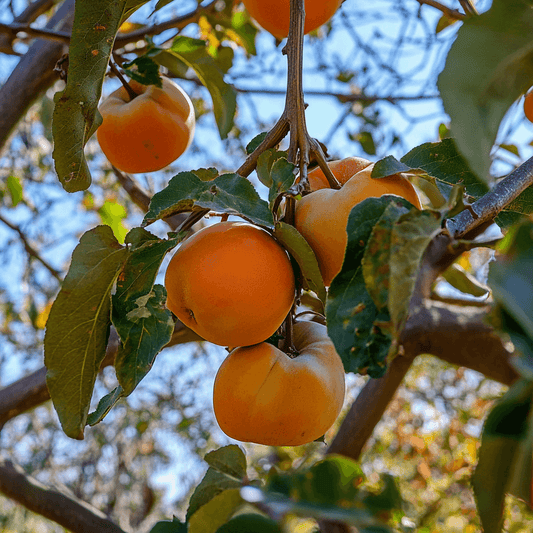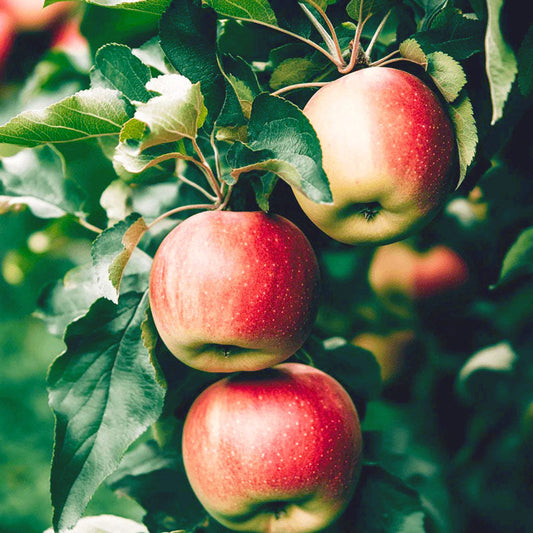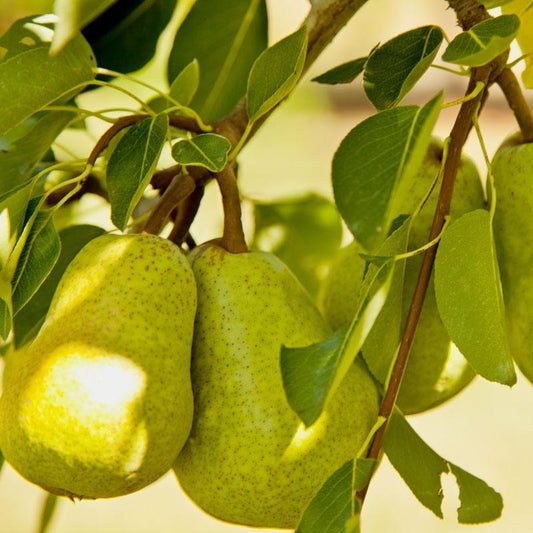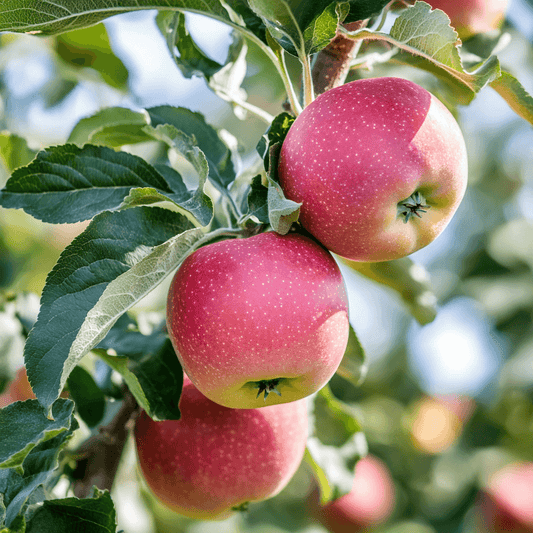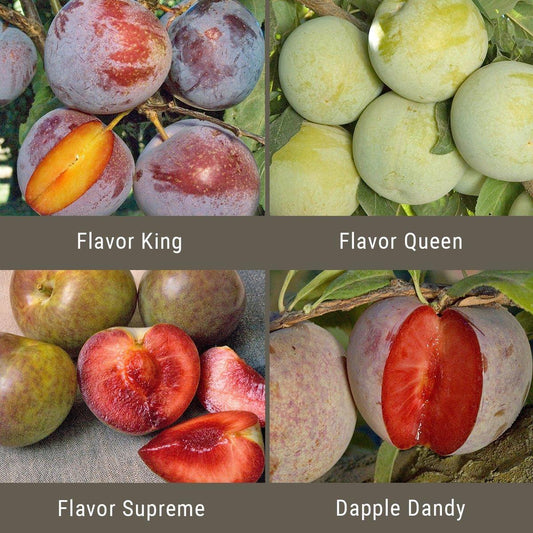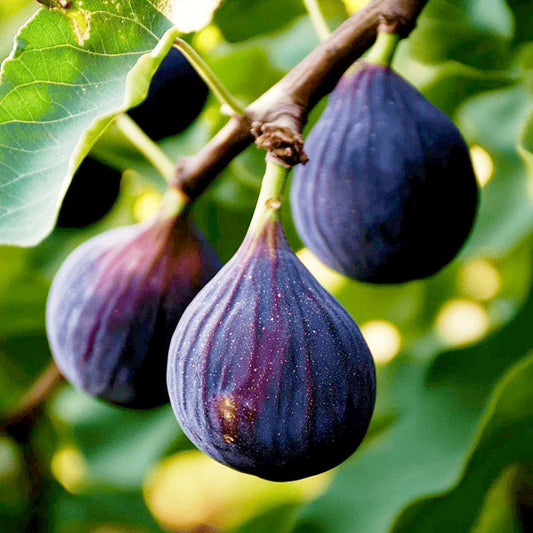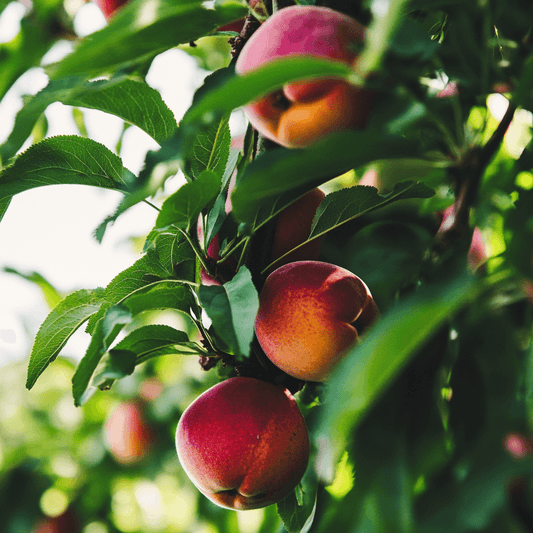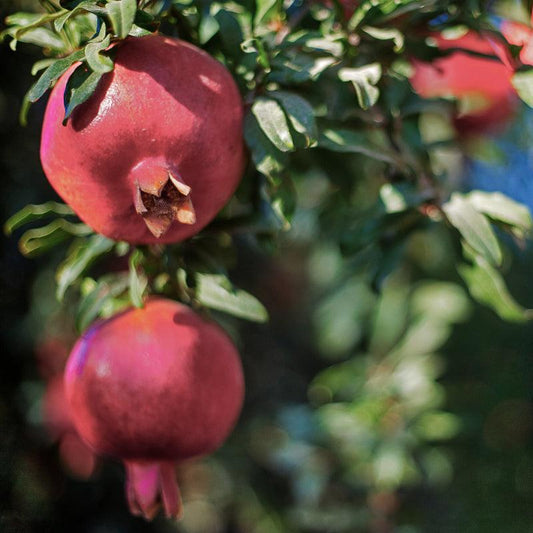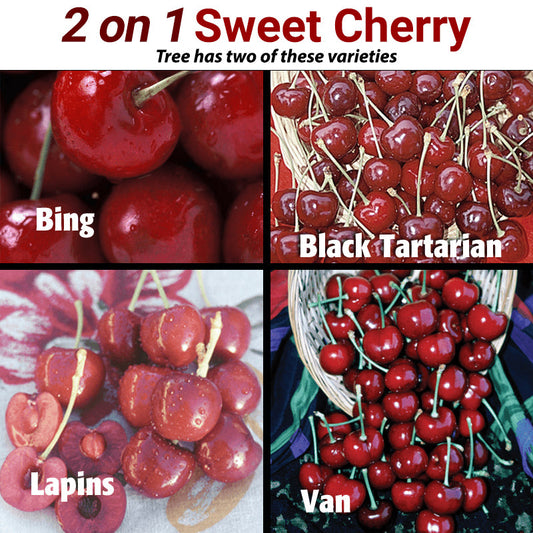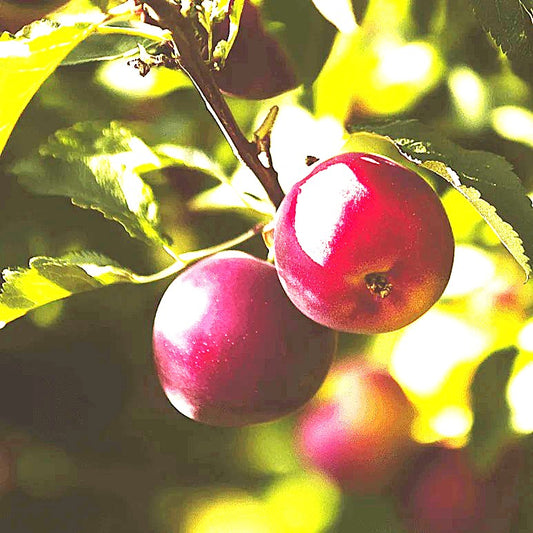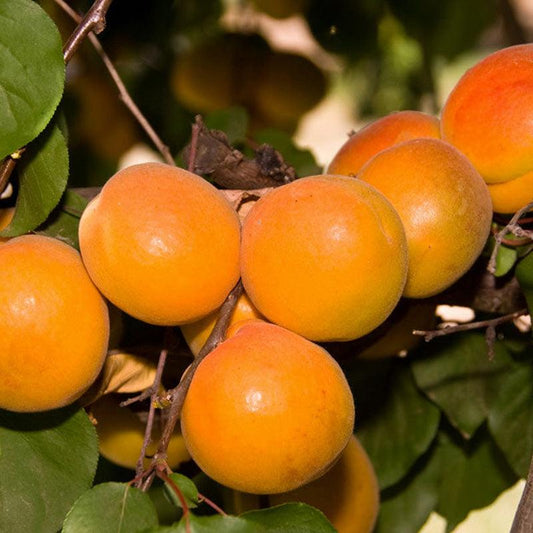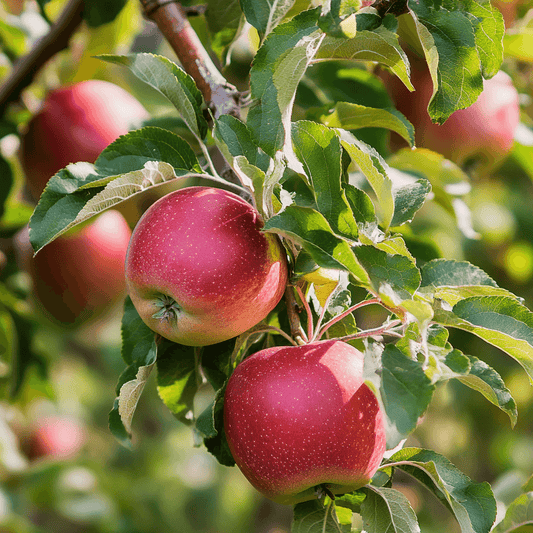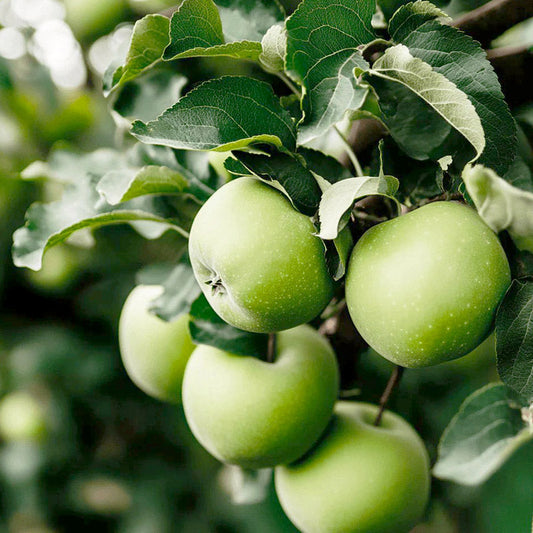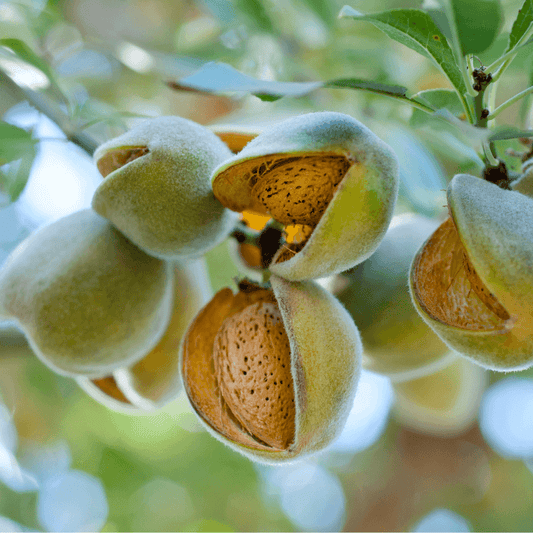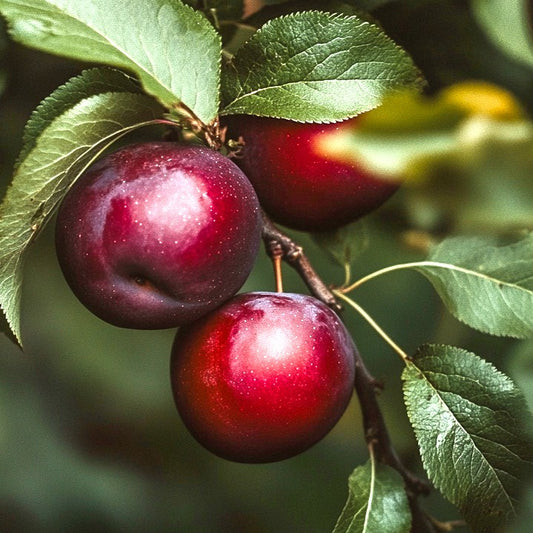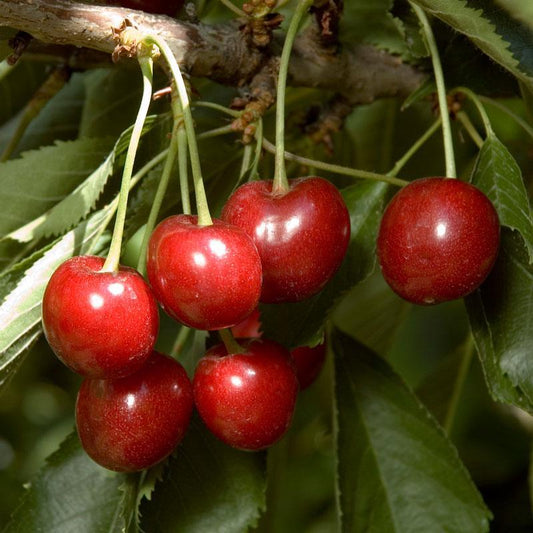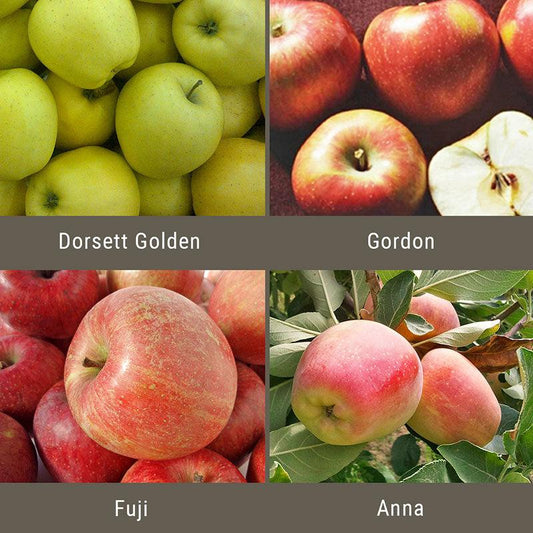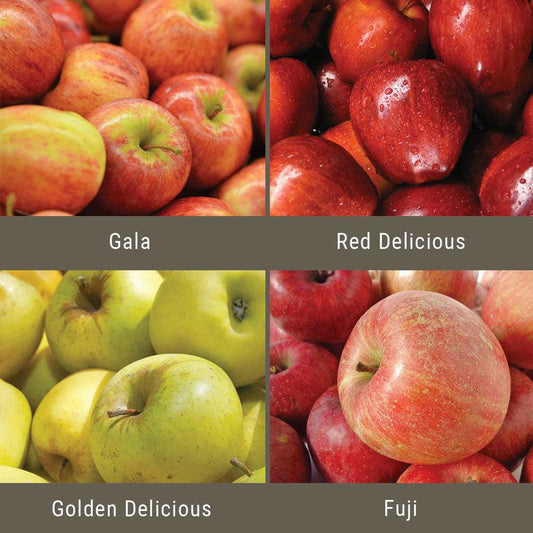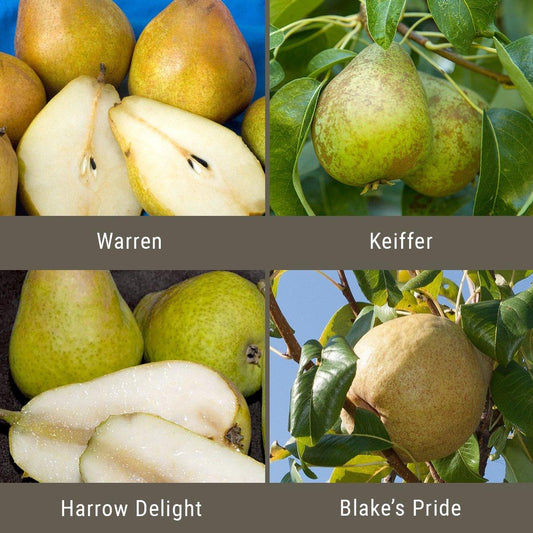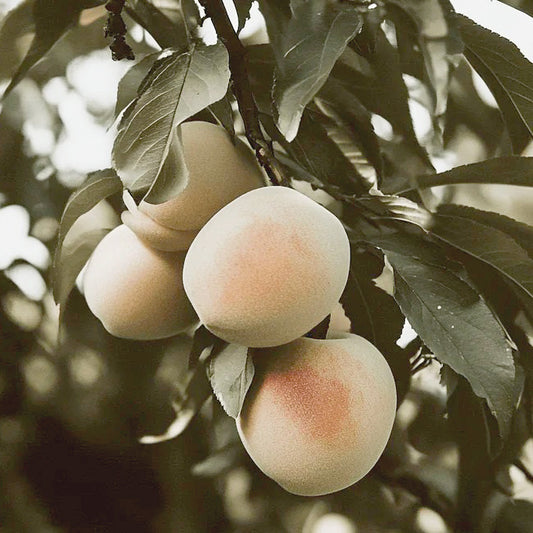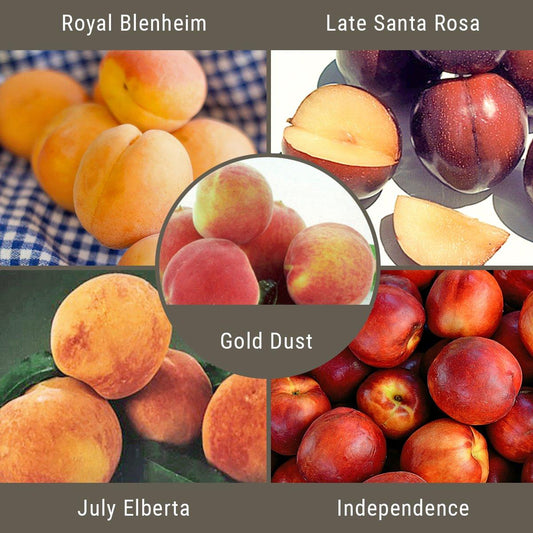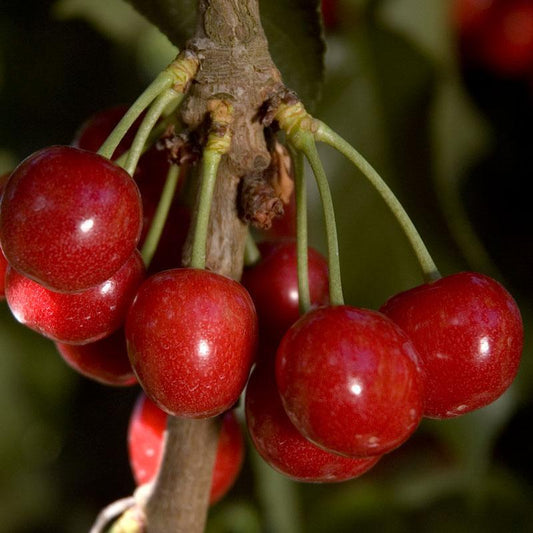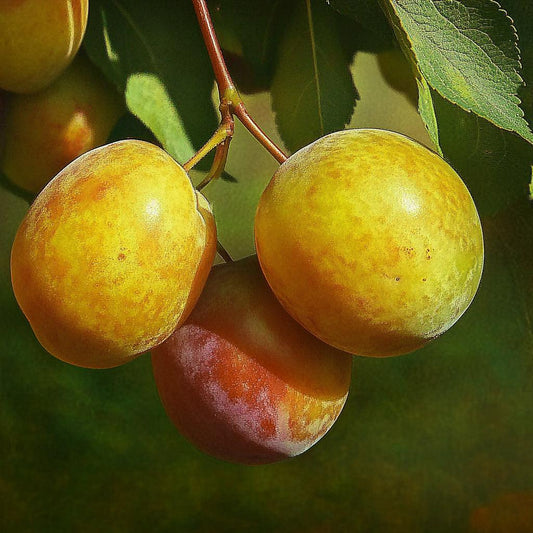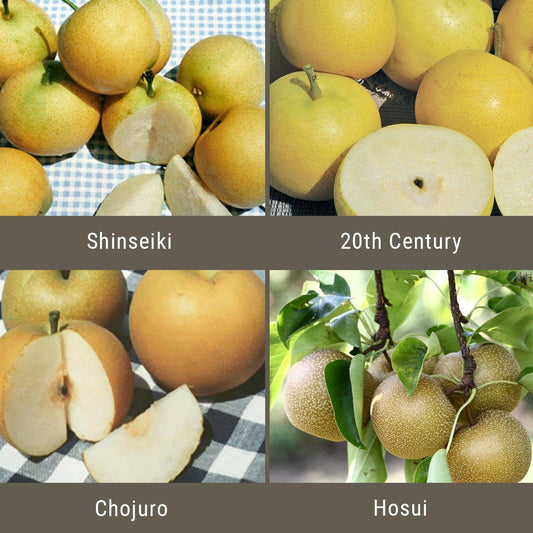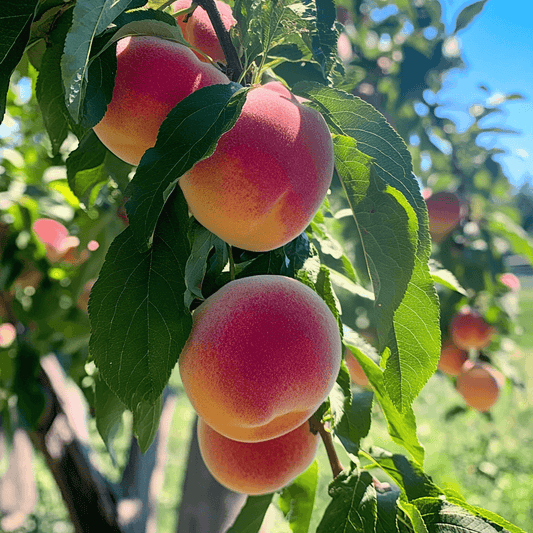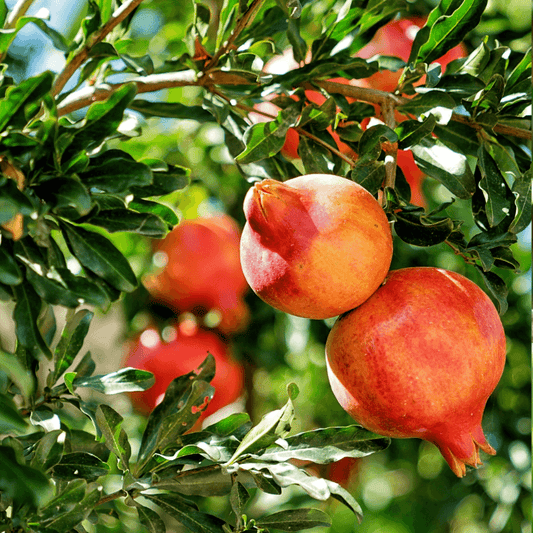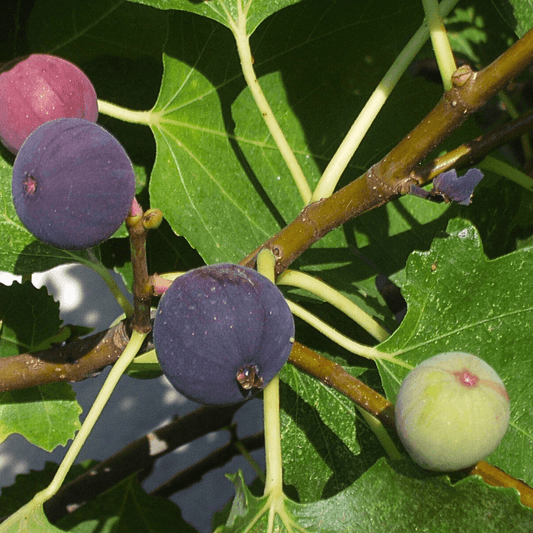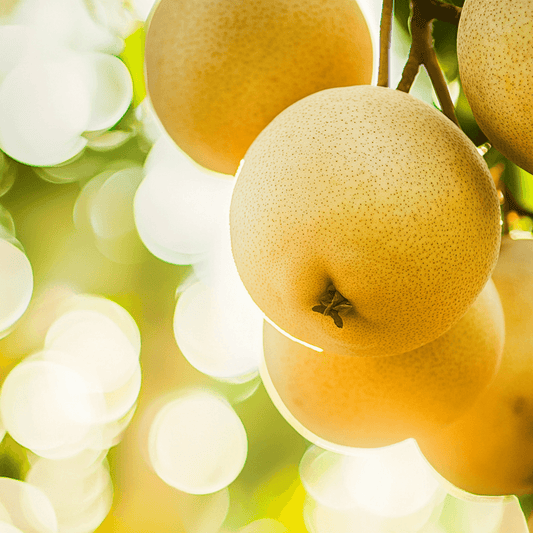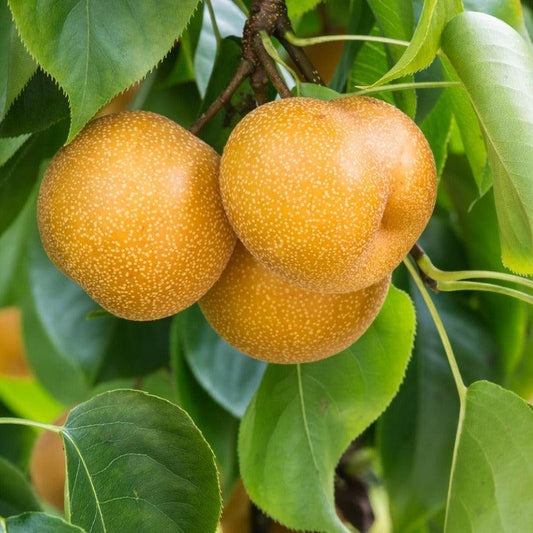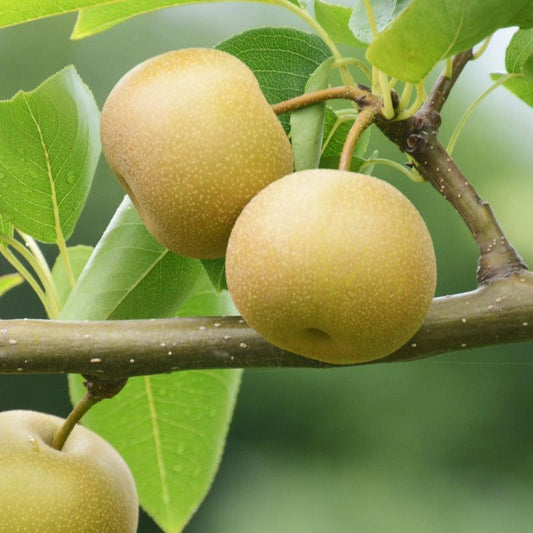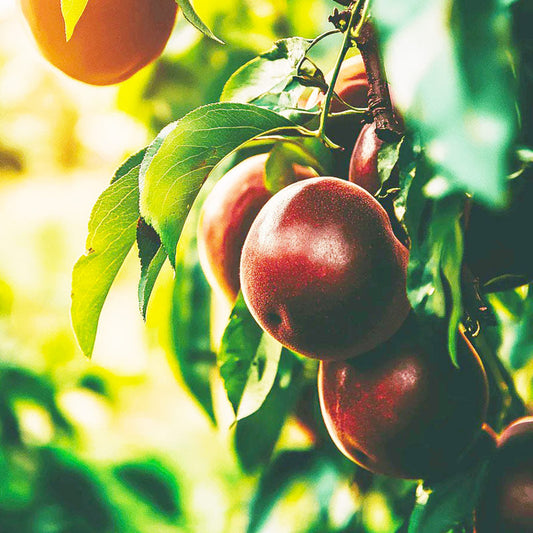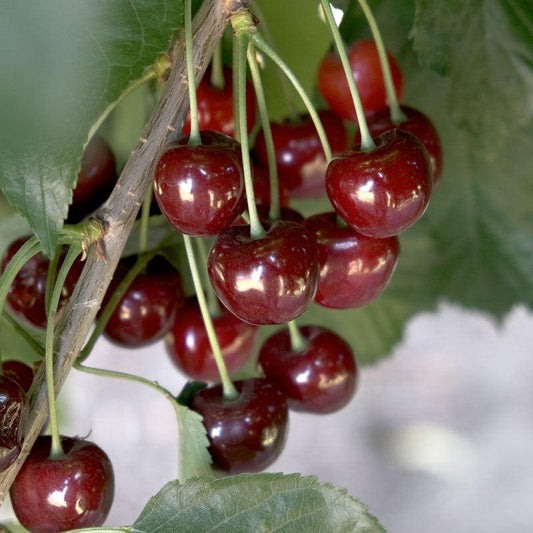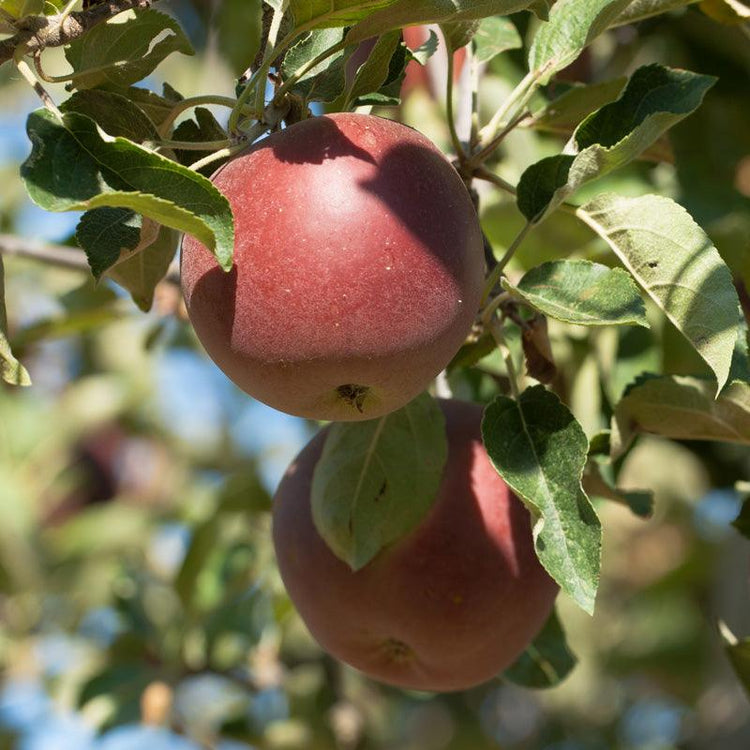A Diverse Array of Fruit Trees for Your Orchard
Fruit trees have been cherished for centuries, offering a bountiful harvest of delicious, nutritious produce. They are not just a source of food but also contribute to the beauty and diversity of landscapes. We have a wide selection of fruit trees, each with unique characteristics and growing requirements.
Apple Trees: A Classic Favorite
Apple trees are perhaps the most iconic fruit trees in the world. Their crisp, sweet or tart fruits come in a wide range of flavors and colors. Varieties like the 'Gravenstein' and 'Fuji' are known for their juicy, sweet taste, while the 'Granny Smith' offers a tangy twist. These trees are suitable for a variety of climates, making them a popular choice for orchardists across the globe.
Cherry Trees: Bursting with Flavor
Cherry trees are beloved for their vibrant, succulent fruits. The 'Bing' cherry is a classic choice, renowned for its deep red skin and sweet flesh. 'Rainier' cherries, on the other hand, are characterized by their yellow skin with a blush of red and a distinct sweet flavor. These trees can be grown in many regions and are a delightful addition to any orchard.
Plum Trees: Sweet and Juicy
Plum trees offer a delightful variety of flavors and textures. 'Santa Rosa' plums are famous for their sweet, juicy flesh and deep purple skin. 'Burbank' plums are a popular choice for their versatility, as they can be eaten fresh or used for jams and preserves. These trees thrive in temperate climates and are a great addition to any fruit garden.
Peach Trees: A Taste of Summer
Peach trees are synonymous with summer and the essence of sweetness. The 'Elberta' peach is a classic favorite with its large, juicy fruits and rich flavor. 'Redhaven' peaches are known for their bright red skin and succulent flesh. These trees require warm climates with well-drained soil, making them ideal for regions with hot summers.
Pear Trees: A Delicate Delight
Pear trees offer a unique blend of sweetness and texture. 'Bartlett' pears are famous for their soft, juicy flesh and are perfect for fresh eating or canning. 'D'Anjou' pears are known for their green skin and sweet, firm texture. These trees thrive in moderate climates with well-drained soil.
Fig Trees: A Mediterranean Treasure
Fig trees are cherished for their exotic, sweet fruits. The 'Black Mission' fig is a popular choice with its dark purple skin and honey-like flavor. 'Brown Turkey' figs are known for their versatility and adaptability to different climates. Fig trees flourish in regions with hot, dry summers and mild winters.
Citrus Trees: Zesty and Refreshing
Citrus trees add a burst of freshness to any orchard. 'Meyer' lemon trees are a favorite for their sweet, fragrant lemons and cold-hardy nature. 'Navel' oranges are known for their seedless, sweet fruit and are perfect for fresh juice. These trees thrive in regions with a Mediterranean climate and well-drained soil.
Persimmon Trees: An Exotic Delight
Persimmon trees offer a unique and exotic fruit experience. 'Fuyu' persimmons are popular for their crisp, sweet taste and vibrant orange color. 'Hachiya' persimmons, on the other hand, are known for their astringency and are often used for baking and cooking. These trees are well-suited to mild climates and provide a distinct addition to any orchard.
In Summary
The website offers diverse fruit trees, each with unique flavor, texture, and growing requirements. Whether you're an experienced orchardist or a novice gardener, you can find a variety of fruit trees to suit your needs and preferences. From the classic favorites like apples and cherries to the exotic delights of figs and persimmons, these trees promise to enhance your landscape and provide a bountiful harvest for years to come. Happy gardening!
See our full collection of potted and bare root trees. Fruit trees, nut trees, and everything in between. Available for sale online.


